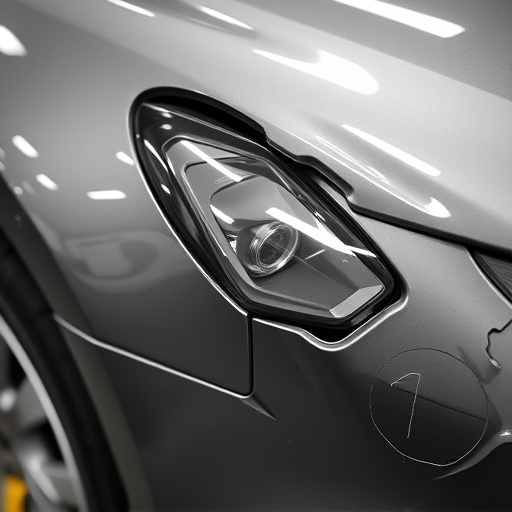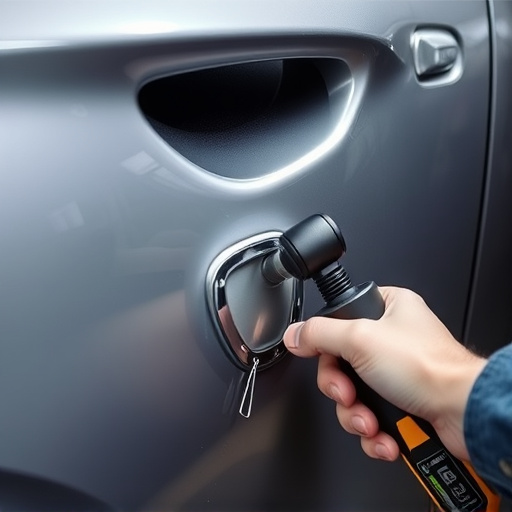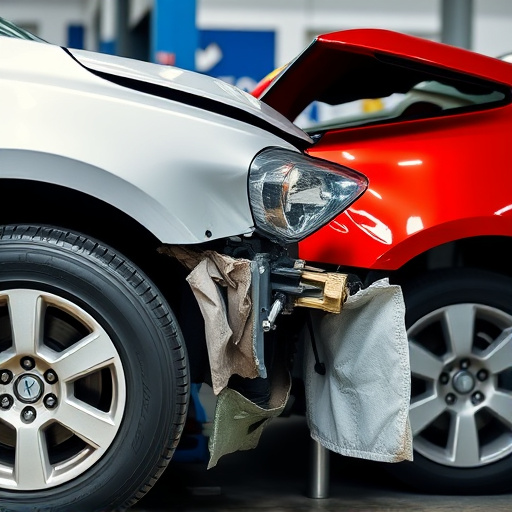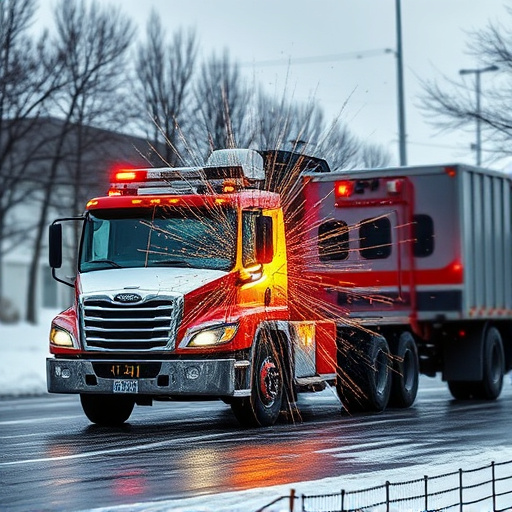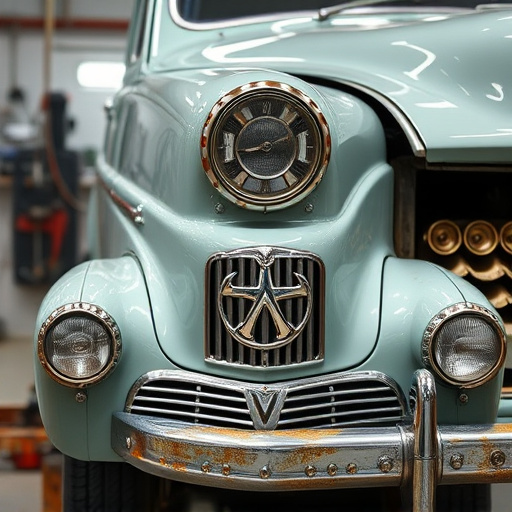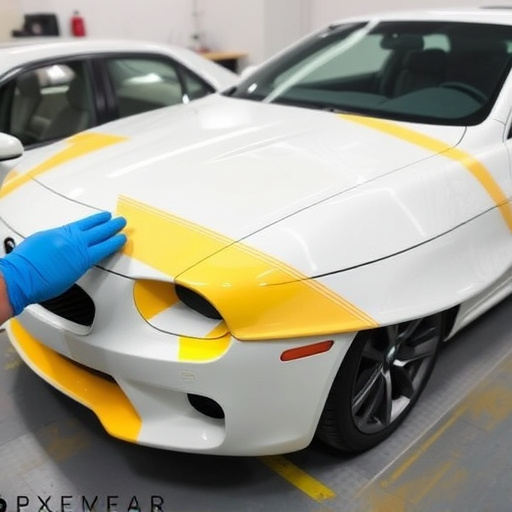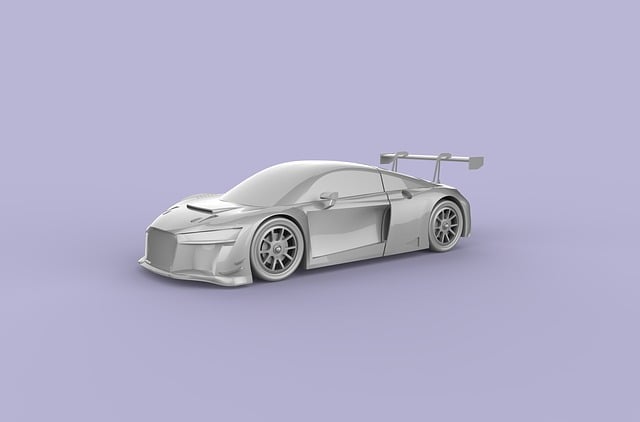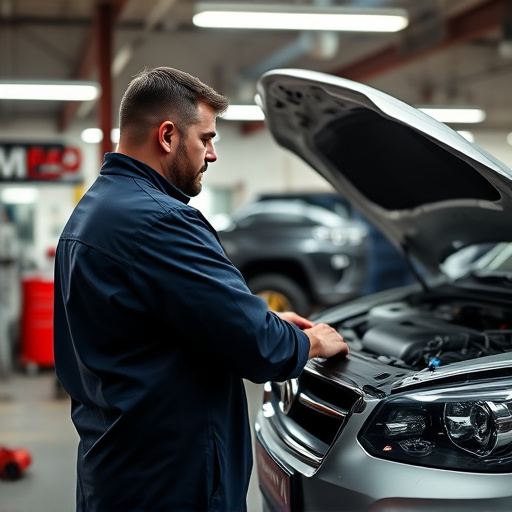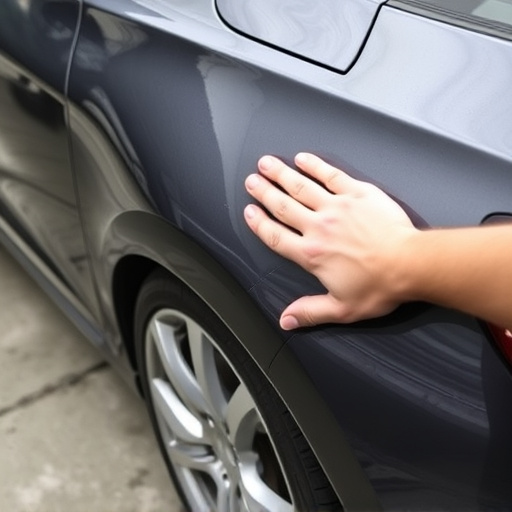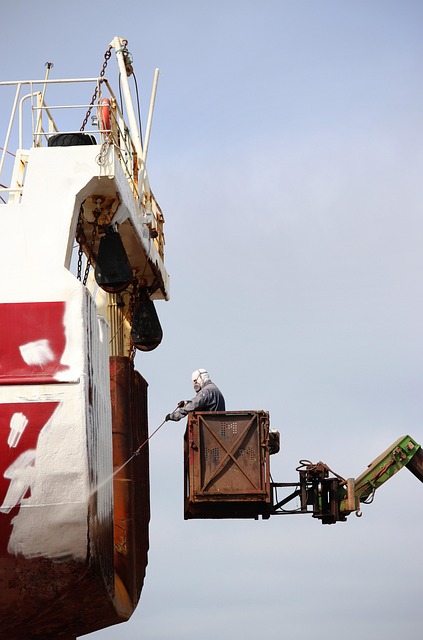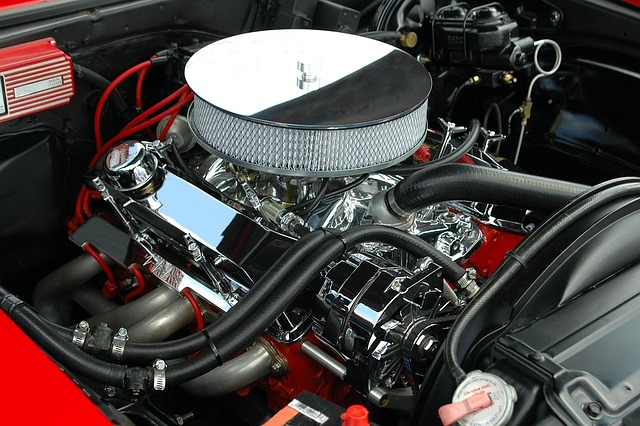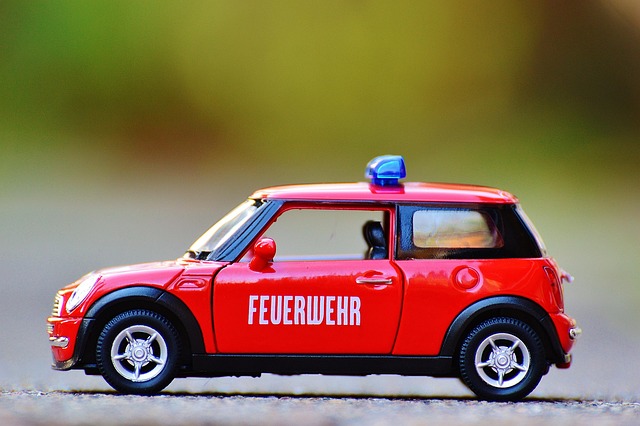PDR for hail damage is a specialized auto body repair technique that uses advanced tools and skilled professionals to precisely adjust metal and remove dents without repainting. It saves time, money, and preserves the vehicle's original finish and aesthetics, making it an eco-friendly and cost-effective solution compared to traditional painting methods. However, PDR may not be suitable for deep or complex dents, and microscopic imperfections could remain visible.
“Discover the innovative approach to automotive repair with PDR (Paintless Dent Repair) for hail damage. This non-invasive technique revolutionizes vehicle restoration, eliminating the need for repainting. In this comprehensive guide, we’ll explore how PDR expertly addresses hail damage, from understanding its principles to following a detailed step-by-step process. By the end, you’ll grasp the benefits and considerations of this game-changing repair method.”
- Understanding PDR for Hail Damage Repair
- The Process: Step-by-Step Guide to PDR
- Benefits and Considerations of PDR Technique
Understanding PDR for Hail Damage Repair
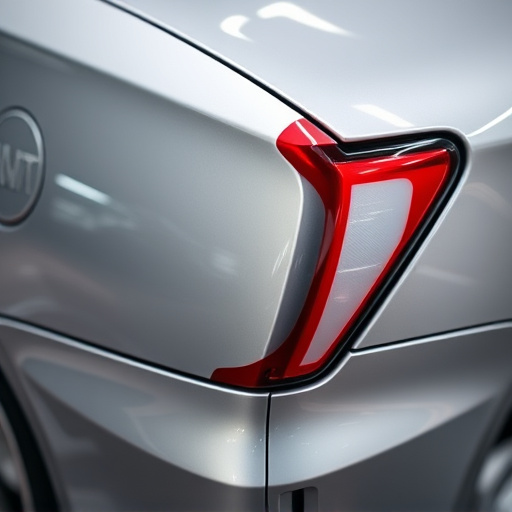
PDR for hail damage is a specialized auto body repair technique that has gained significant popularity as an effective and cost-efficient solution for restoring vehicles affected by severe weather events. This non-invasive method involves carefully manipulating and repairing dented or damaged areas of a vehicle’s car bodywork services without repainting the entire surface. By using trained professionals and advanced tools, PDR techniques allow for precise adjustments to the metal, effectively removing dents and dings caused by hailstorms.
The process begins with a thorough assessment of the vehicle collision repair needs. Skilled technicians identify each dent and determine the best course of action, often utilizing various PDR tools to gently push and pull the metal back into its original shape. This method not only saves time and money compared to traditional repainting but also ensures that the vehicle’s original finish is preserved, maintaining its value and aesthetics. By minimizing the need for auto body repairs that involve extensive painting, PDR contributes to a more sustainable and eco-friendly automotive industry.
The Process: Step-by-Step Guide to PDR
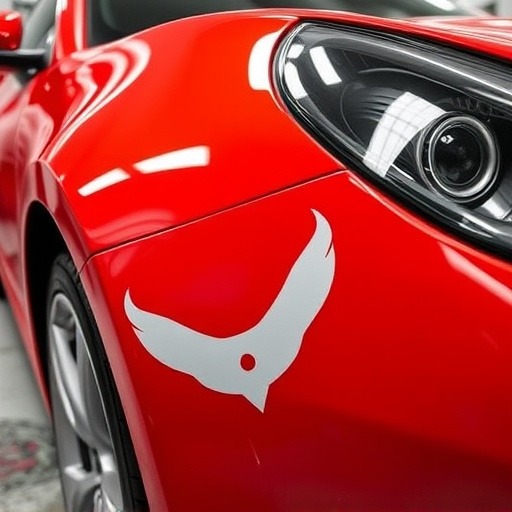
The Process: Step-by-Step Guide to PDR for Hail Damage
PDR, or Paintless Dent Repair, is a specialized technique for fixing hail damage on vehicles without repainting. This non-invasive method has gained popularity due to its ability to restore vehicles to their original condition while preserving the vehicle’s factory finish. The process begins with a thorough inspection of the damaged area. Technicians identify and map each dent using precision tools to determine the depth and shape, ensuring an accurate repair.
Next, specialized tools are used to gently push out the dented area from behind the panel. This step requires skill and expertise to avoid further damage or leaving indentations. Once the dent is removed, the technician smooths and shapes the metal to achieve a perfect, seamless finish. The final touch involves polishing the repaired area to match the vehicle’s existing gloss and texture, making the hail damage virtually invisible. PDR not only offers a cost-effective solution for vehicle repair but also facilitates faster turnaround times compared to traditional painting methods, providing peace of mind for those dealing with hail storms.
Benefits and Considerations of PDR Technique
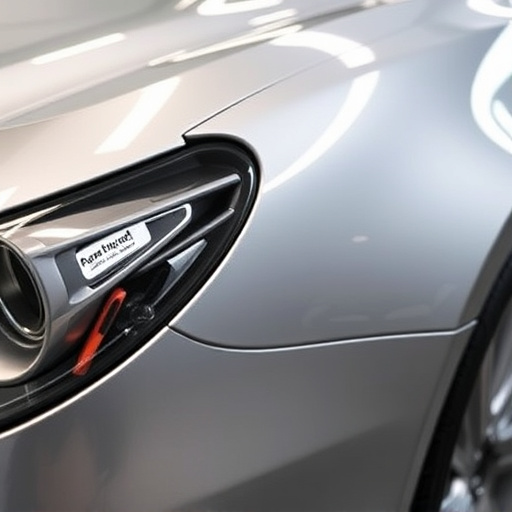
The PDR (Paintless Dent Repair) technique for hail damage offers several significant advantages over traditional repainting methods. One of its key benefits is the minimal disruption to the vehicle’s original finish, preserving the car’s overall aesthetics and resale value. This non-invasive approach ensures that the car retains its glossy, factory-like appearance without the need for extensive sandboarding or sanding, which can be time-consuming and costly. PDR also reduces waste generation by eliminating the requirement for new paint, contributing to environmental sustainability.
When considering PDR for hail damage, it’s crucial to balance these advantages with certain limitations. The technique may not be suitable for deep dents or complex damage, as it requires the dent to be relatively shallow and accessible. Additionally, while PDR technicians strive for perfection, microscopic imperfections might still be visible upon close inspection, which could be a consideration for those seeking a flawless finish. Nonetheless, with skilled professionals employing modern tools and techniques, PDR for hail damage provides an efficient, cost-effective, and eco-friendly solution for vehicle body repair.
PDR for hail damage offers a revolutionary, cost-effective solution for vehicle owners. By understanding the benefits of this technique, which includes preserving original factory finishes and minimizing repainting, it’s clear why PDR is becoming a preferred choice. The step-by-step guide outlined in this article provides a clear path to efficient and effective hail damage repair without the need for repainting. Remember that PDR not only restores aesthetics but also maintains the vehicle’s resale value, making it an excellent option for anyone looking to fix hail damage swiftly and affordably.
